23 Insights Mercedes Owners Learned The Hard Way

Owning a Mercedes can feel like joining an exclusive club, until reality smacks you with a surprise repair bill.
A friend of mine once picked up a used E-Class, convinced he’d scored the luxury deal of the decade.
Two weeks later, the electronic suspension gave out, and the repair cost more than his first car.
The badge may scream prestige, but behind that three-pointed star lies a learning curve paved with quirks, costs, and lessons that don’t always come gently.
Every proud Benz owner has a story they didn’t expect to tell.
1. Wallet-Draining Maintenance Costs

First-time Mercedes owners often experience sticker shock when that initial service appointment rolls around. Regular maintenance costs typically run 2-3 times higher than mainstream brands.
A simple oil change can easily exceed $200 at dealerships, while timing belt replacements might require a small loan.
The sophisticated engineering that makes these cars special also makes them expensive to maintain.
2. Premium Fuel Forever

Pulling up to the gas station reveals one of Mercedes ownership’s ongoing sacrifices.
That recommended premium fuel requirement isn’t just a suggestion—it’s practically mandatory for optimal performance.
Skip it, and you’ll notice rougher idling, decreased power, and potentially long-term engine damage.
The price difference might seem small per gallon, but multiplied across years of ownership, it adds thousands to your operating costs.
3. Replacement Parts That Cost Small Fortunes

Broke a taillight? That’ll be $400, please. Need a new side mirror? Prepare to part with $1,000.
Mercedes parts pricing exists in its own financial universe, where even the smallest components command premium prices.
The German engineering excellence extends to every nut and bolt—and so does the pricing strategy. Many owners learn to live with minor imperfections rather than empty their savings accounts.
4. Electronic Complexity Nightmares
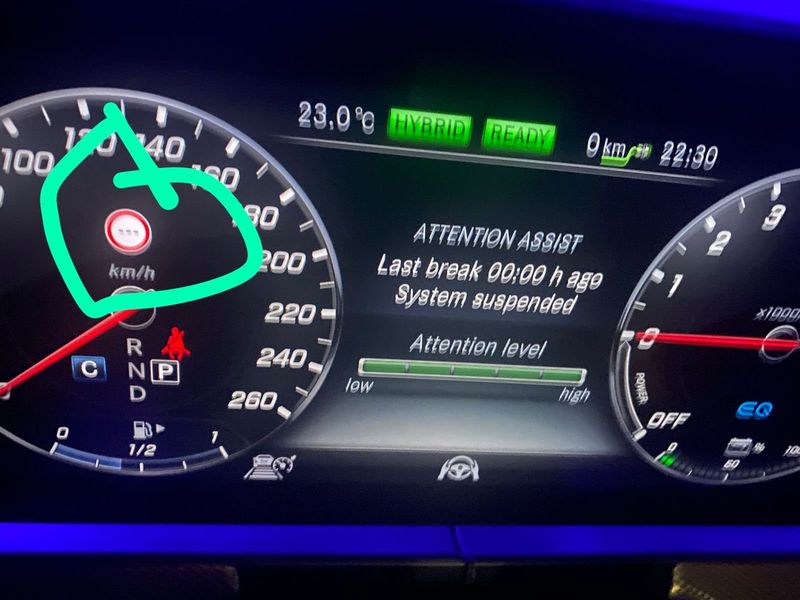
Mercedes packs their vehicles with cutting-edge technology that dazzles on the showroom floor. Years later, those same sophisticated systems become puzzling failure points.
Window regulators develop minds of their own. Seat memory modules forget their purpose in life.
The more computers and sensors in your vehicle, the more things can go wrong. When they do, diagnosing requires specialized equipment and expertise that doesn’t come cheap.
5. Depreciation Hits Like a Freight Train

Drive your shiny new Mercedes off the lot, and you’ve already lost thousands in value.
These luxury cars depreciate faster than mainstream vehicles, often losing 40-50% of their value within three years.
Models with cutting-edge tech or complicated systems suffer the worst drops.
Smart buyers purchase certified pre-owned vehicles and let someone else absorb that initial depreciation hit, saving tens of thousands while enjoying nearly-new Mercedes quality.
6. Special Tools Required
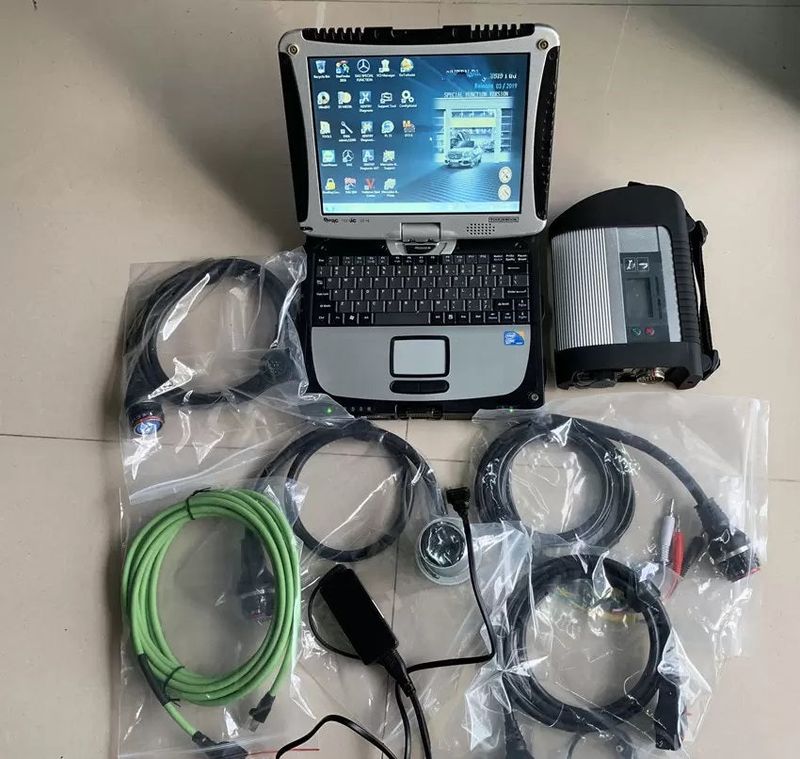
Mercedes designs its vehicles with proprietary fasteners and unique access points that require specialized tools.
Even simple jobs like battery replacements in some models involve removing multiple components.
Want to reset that service light? You’ll need a Mercedes-specific diagnostic computer.
This deliberate design strategy ensures owners return to dealerships for service. DIY-minded owners must invest in expensive specialty tools or surrender to dealer service departments.
7. DIY Repairs? Good Luck With That
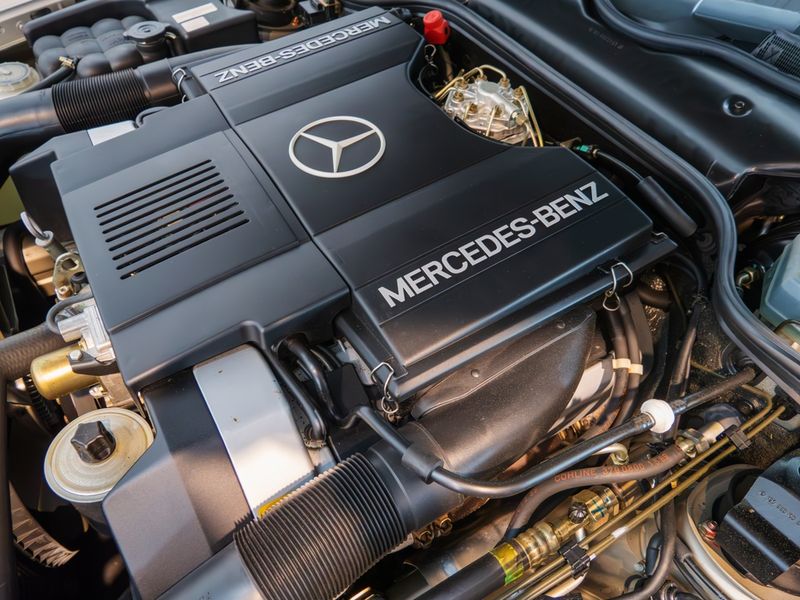
Popping the hood of a modern Mercedes reveals an intimidating puzzle of components packed into every available inch.
Access panels hide critical parts, and removing one component often requires removing three others first.
Online repair manuals rarely reveal the secret techniques mechanics learn through experience.
Even mechanically-inclined owners find themselves surrendering to professional help, as the complexity level exceeds what most home garages can handle.
8. Air Suspension Woes

Gliding along in a Mercedes with air suspension feels magical—until it doesn’t.
These sophisticated systems typically fail between 60,000-100,000 miles, leaving cars sagging sadly at one corner or sitting uncomfortably low.
Replacing the entire system can cost upwards of $4,000. Many owners convert to conventional springs and shocks after experiencing the shock of repair quotes.
The smooth ride is wonderful, but the repair bills can be rougher than any pothole.
9. Oil Leaks Become Your New Normal

Mercedes engines develop what mechanics affectionately call “character” as they age.
Valve cover gaskets, oil pan seals, and various other rubber components harden and shrink over time.
The result? Mysterious oil spots on your garage floor become a familiar sight. Many owners simply budget for periodic resealing procedures.
Others adopt the German engineering perspective: “If there’s no oil under it, there’s no oil in it.”
10. Electrical Gremlins Move In Permanently

Random warning lights illuminating your dashboard will become familiar companions.
Window switches might work perfectly for years, then suddenly decide to take a day off.
Climate control systems develop personalities, blowing cold on hot days and vice versa.
These intermittent electrical issues are notoriously difficult to diagnose, often requiring multiple dealer visits. Some owners simply learn to live with their car’s quirky electronic behavior.
11. Insurance Premiums That Make You Wince

Calling your insurance agent after buying a Mercedes leads to conversations that end with significantly higher premiums.
Expensive parts, specialized repair requirements, and higher theft rates all contribute to insurance costs that can be double those of mainstream vehicles.
Even minor fender benders become major insurance claims when Mercedes parts and labor are involved. Many owners increase deductibles just to keep premiums manageable.
12. Transmission Services That Break Budgets

Mercedes transmissions require specialized fluids and procedures that cost substantially more than average cars.
The “lifetime fluid” claim in owner’s manuals has led many owners to neglect this critical service.
Skip transmission maintenance, and you might face a $5,000+ replacement bill down the road.
Knowledgeable owners ignore the “lifetime” claim and perform fluid services every 40,000-60,000 miles, extending transmission life considerably.
13. Run-Flat Tire Replacement Shock
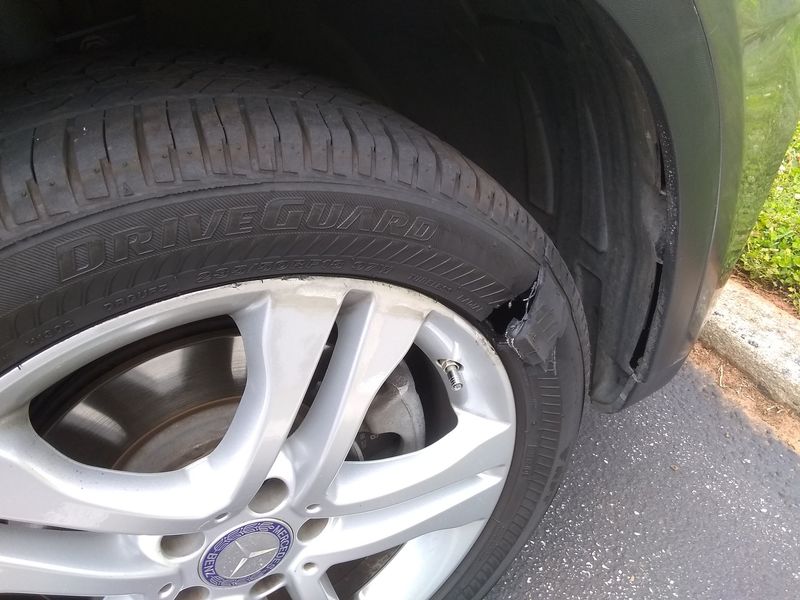
Run-flat tires come standard on many Mercedes models, providing peace of mind that you’ll never be stranded by a flat.
That security comes with a steep price tag when replacement time arrives.
These specialized tires often cost twice as much as conventional ones. They typically wear faster and provide a firmer ride.
Many owners switch to conventional tires after their first replacement shock, preferring to carry a spare or roadside assistance membership.
14. Battery Blues
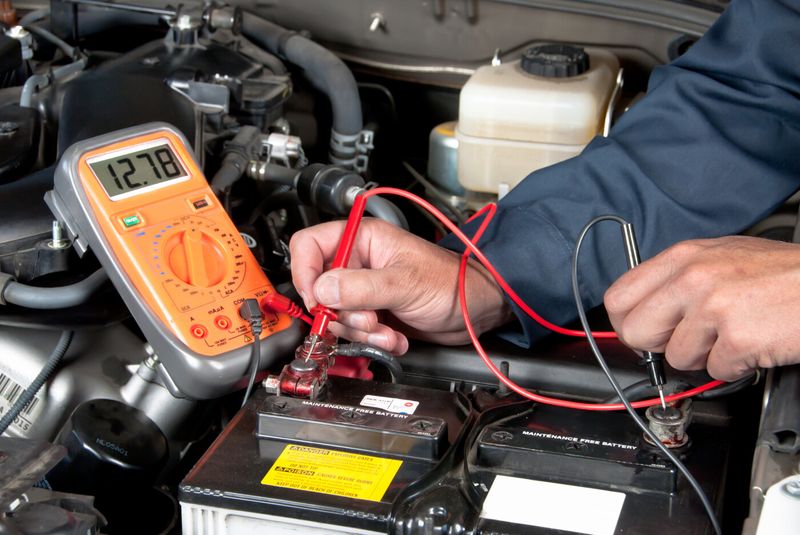
Mercedes vehicles are notoriously hard on batteries due to their sophisticated electronics that draw power even when parked.
Many owners discover their cars won’t start after sitting for just a week or two. Replacement requires expensive AGM batteries that cost 2-3 times more than standard ones.
Adding insult to injury, many models require computer reprogramming after battery replacement—a procedure that can only be performed at dealerships.
15. Cramped Backseat Reality
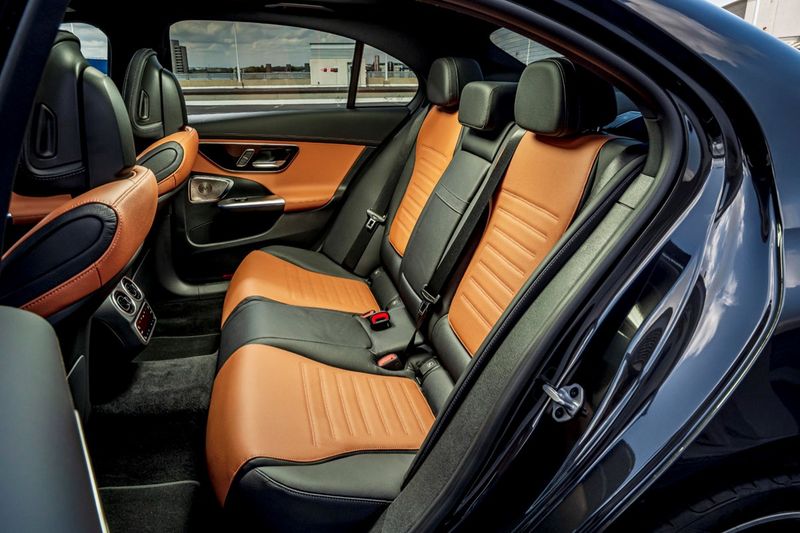
Mercedes sedans project an image of spacious luxury, but rear passengers in C-Class and CLA models quickly discover the truth.
Legroom proves surprisingly tight, especially for adults over six feet tall. The sloping rooflines that look so elegant in profile photos translate to compromised headroom.
Families with teenagers or those who regularly transport adults find themselves wishing they’d opted for the larger E-Class, despite its significantly higher price tag.
16. Brake Job Bankruptcy
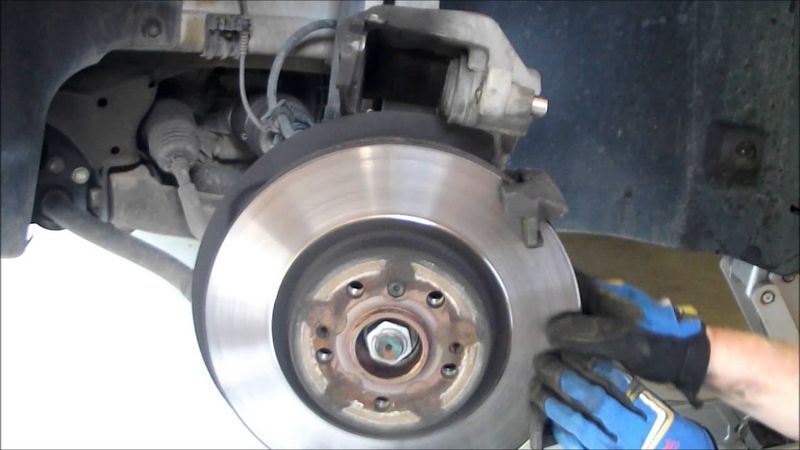
Mercedes equips their vehicles with high-performance braking systems that stop impressively but cost equally impressively to maintain. A complete brake job can easily exceed $1,200 at dealerships.
The specialized parts cannot be substituted with generic alternatives without affecting performance.
Many owners discover that their “affordable” used Mercedes becomes significantly less affordable once maintenance schedules kick in.
Independent specialists offer some relief, but costs remain well above average.
17. Sensor Sensitivity Syndrome
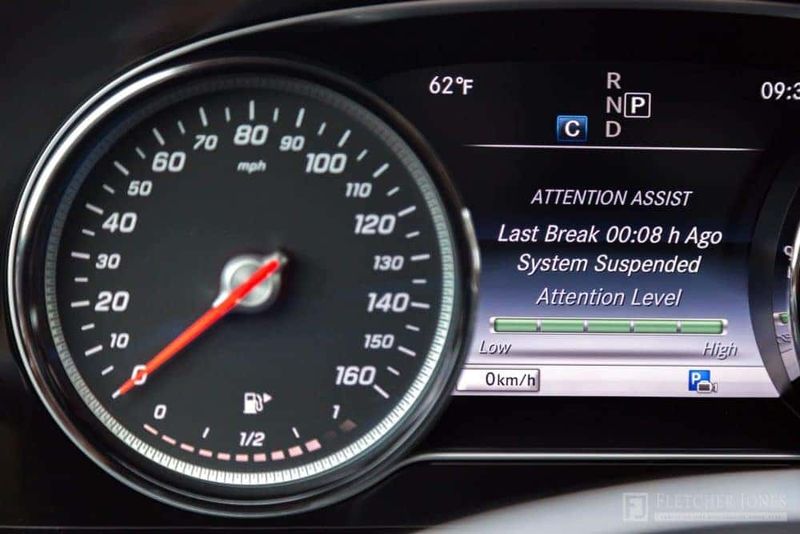
Modern Mercedes cars employ dozens of sensors monitoring everything from tire pressure to ambient light levels.
These electronic watchdogs are notoriously sensitive and prone to triggering warning lights for minor issues.
A slightly loose gas cap might illuminate check engine lights. Microscopic windshield cracks near sensors can disable driver assistance features.
Owners quickly learn to distinguish between genuinely concerning warnings and the car’s occasional electronic hypochondria.
18. Software Update Surprises

Mercedes infotainment systems and vehicle computers require regular software updates that aren’t included in standard maintenance.
These updates often address bugs that affect everyday usability and comfort features.
Miss too many updates, and you might find your car’s systems becoming increasingly glitchy.
While some newer models receive over-the-air updates, most require dealer visits. Each update session typically costs $150-300, an expense most owners didn’t anticipate.
19. Reliability Roulette Between Models

Mercedes quality varies dramatically between models and production years. The bulletproof E-Class diesel might run for 300,000 miles, while a same-year CLA requires major repairs before 60,000.
First-generation models following redesigns tend to have more issues than later production years.
Savvy buyers research specific model reliability histories before purchasing. The three-pointed star alone doesn’t guarantee equal quality across the lineup.
20. Interior Wear That Doesn’t Match The Price
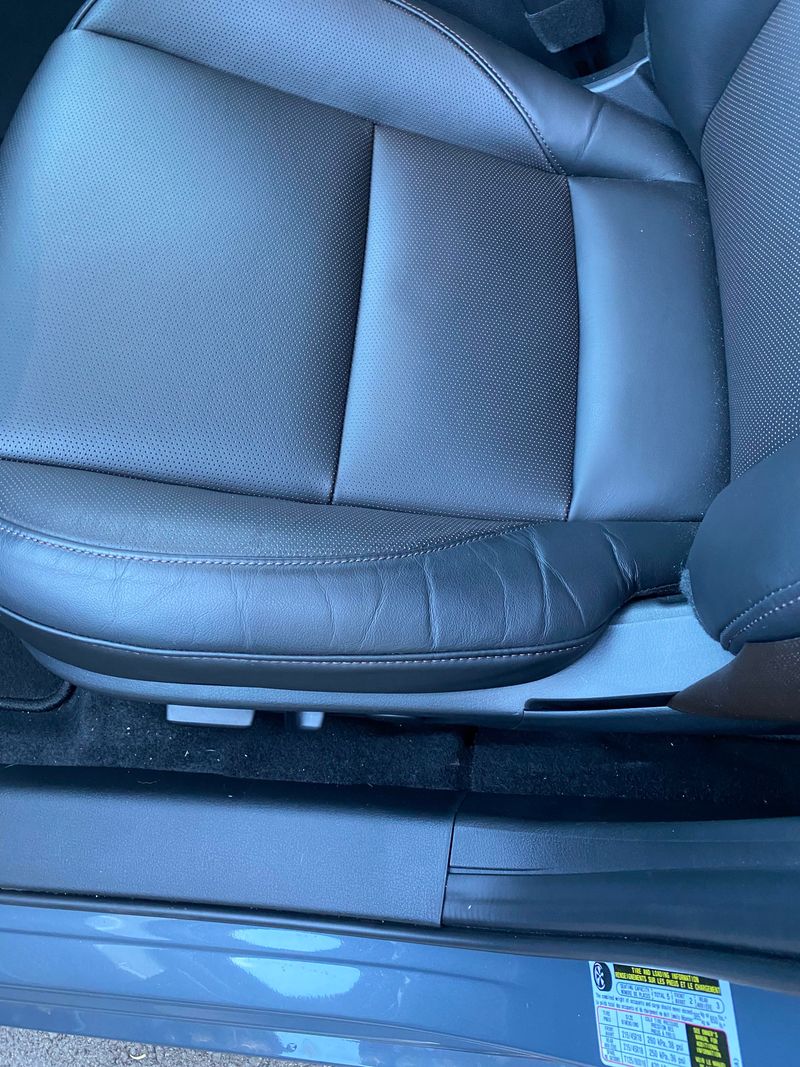
Mercedes interiors look stunning when new, but certain components don’t age gracefully.
Leather seats in models from the 2000s and early 2010s often crack and wear prematurely, especially in hot climates.
Piano black trim becomes a magnet for scratches and fingerprints. Control buttons lose their lettering with regular use.
These cosmetic issues particularly sting given the premium prices paid for what should be superior materials and construction.
21. Dealer Service Department Sticker Shock

Mercedes dealership service departments operate in a different financial universe from regular repair shops.
Labor rates frequently exceed $200 per hour, and their minimum diagnostic fees start where other shops’ total bills end.
Even routine maintenance visits often uncover “recommended” services that quickly escalate costs.
Many owners develop relationships with independent Mercedes specialists who charge 30-40% less while providing equivalent expertise. The dealership experience is premium indeed—especially the pricing.
22. Turbocharger Troubles
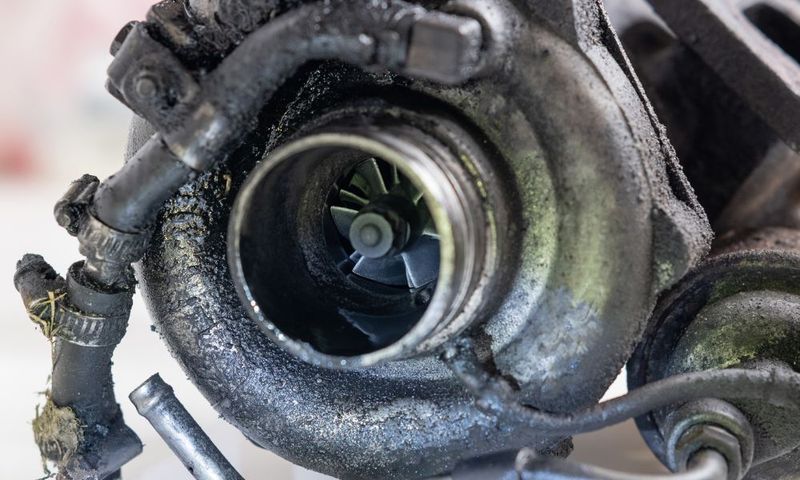
Mercedes embraced turbocharging across their lineup, delivering impressive power from smaller engines.
The downside appears around 80,000-100,000 miles when turbo components begin failing.
Repair costs easily reach $2,500-4,000 depending on model. Warning signs include power loss, unusual whistling noises, or blue smoke from the exhaust.
Meticulous oil change schedules using manufacturer-approved synthetic oils can extend turbocharger life significantly.
23. Infotainment Frustrations
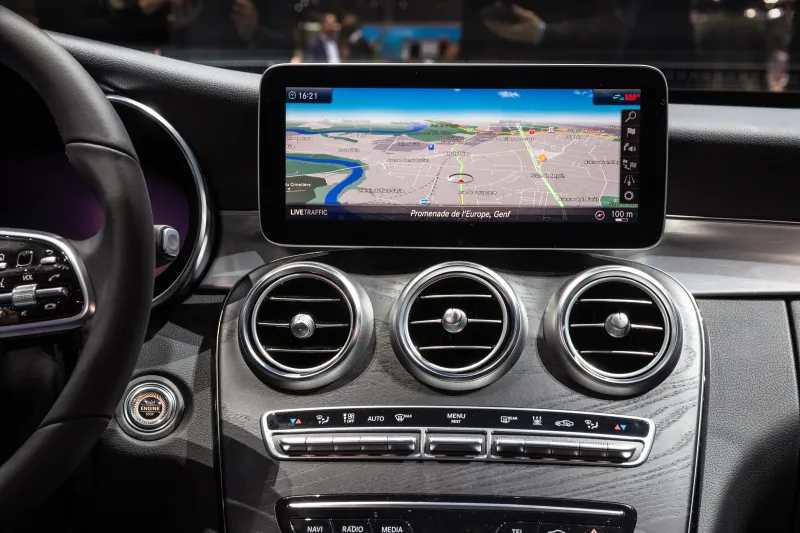
Mercedes COMAND systems from the 2010s age particularly poorly compared to consumer electronics.
Slow response times, outdated graphics, and compatibility issues with newer phones frustrate owners of otherwise excellent vehicles.
Navigation systems require expensive map updates that quickly fall behind free smartphone alternatives.
Many owners resort to phone mounts and ignore their built-in systems entirely. Newer MBUX systems improve the experience but can’t be retrofitted to older models.
